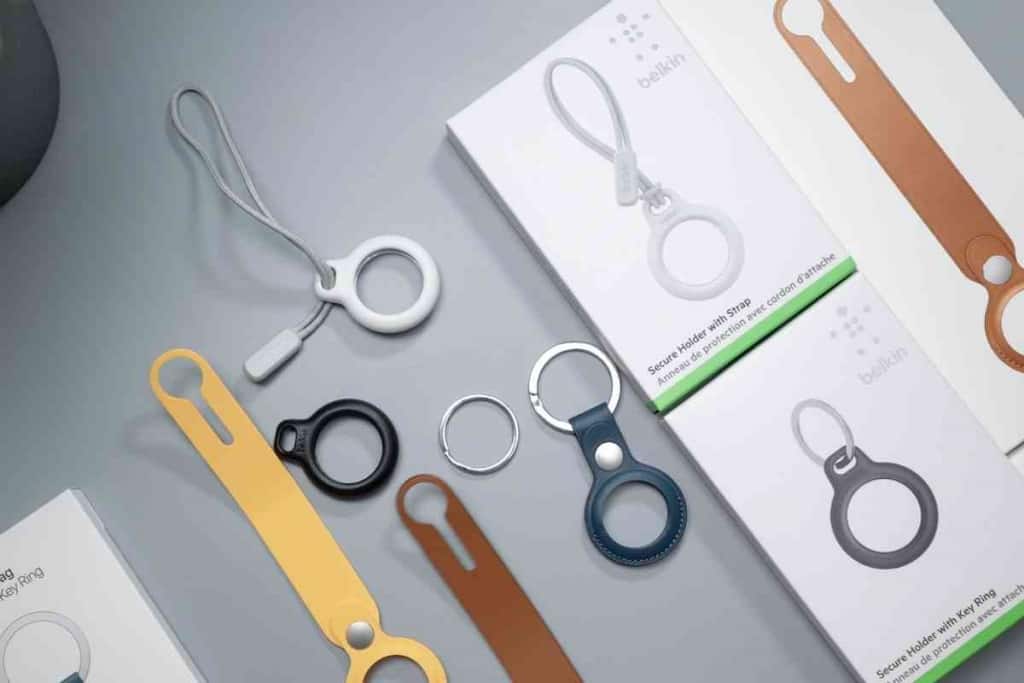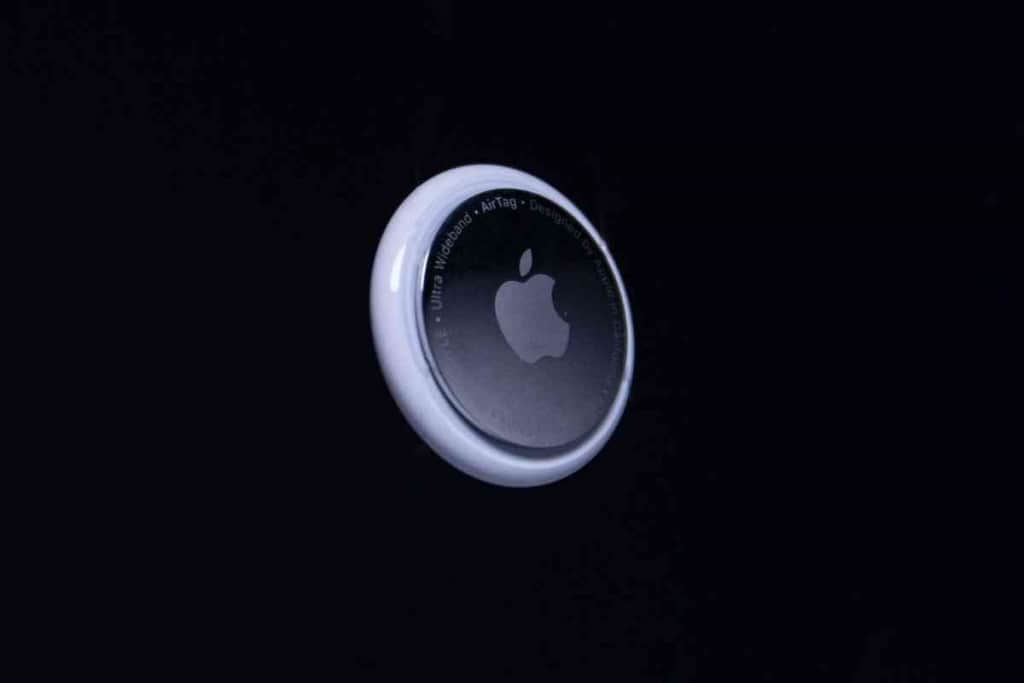Are Apple AirTags TSA Approved? An AirTag Flying Guide
You are planning an international trip and want to make sure you get everything right, down to the most minute detail. Part of your planning has you out buying the Apple AirTag. This tiny device is handy when used State-side, allowing you to locate misplaced devices to which the Airtags are attached. You can easily set them up with iPhones and even do a bit of traveling with them.
But can you travel abroad? Will TSA approve them, allowing them to pass through security without any hassle? Does it depend on which airline you use, or is each airport picky about the devices you attach to your suitcase?

Researching Apple Airtags? You can check out the full Airtag category, but certainly bookmark these other articles for future reading: Are Airtags waterproof? Can An AirTag’s Location Be Shared? and Are Apple AirTags TSA Approved?
Are Apple AirTags TSA Approved?
Apple AirTags are TSA-approved. In fact, since AirTags utilize short-range Bluetooth, you are allowed to take them on planes. In this day and age, passengers are already flying with a bunch of short-range Bluetooth devices as it is, from headphones to keyboards for their tablets to gaming consoles.
As it turns out, these nifty little devices are TSA approved and have helped people locate lost luggage when the airline told them there was no hope of recovering it. Whether you’re attaching them to your checked luggage (standard or smart luggage) or your carry-on, you can luckily fly with these handy little trackers. Make sure you install the Find My app on your connected iPhone before you take off!
Let’s take a moment to learn more about how you can travel with the Apple AirTags equipped.
Is Bluetooth allowed on airplanes?
Bluetooth devices are indeed allowed on airplanes. The FAA – real sticklers regarding aircraft safety and security – decided in 2013 that Bluetooth was safe to use on airplanes.
Why? That is all because Bluetooth devices are considered short-range and, therefore, cause basically no interference for the aircraft themselves, unlike WiFi.
Can you take AirTags on a plane?
You can take your Apple AirTag on any airline of your choice, equipping it on carry-on baggage or smart luggage.
Each AirTag uses Bluetooth to emit a secure and anonymous signal to other Apple devices via the Find My app network, which will register the AirTag’s physical location. Since the AirTag doesn’t utilize cellular service, AirTags are safe to use on airplanes without you needing to power them down or take out the battery.
AirTags are an easy and cost-effective way to track each one of your carry-on and checked baggage. This should give you some added peace of mind if you accidentally leave a bag on board your plane or if it gets mishandled by the airline personnel during your trip.
Will AirTags work internationally?
AirTags do indeed work internationally, but they must be within range of an iPhone or some other Bluetooth-equipped Apple device that can send their locations over to iCloud.
Say that you have an AirTag inside your smart luggage and leave it onboard a plane. As long as someone with an Apple device connected to iCloud goes by your AirTag, your device’s location will be visible within the Find My app.
When you find an AirTag internationally, especially when using Precision Finding, note that not all abroad countries will actually support Ultra-Wideband technology. Therefore, its use is subject to individual countries’ international regulatory requirements.

Are Apple AirTags good for luggage?
Apple’s AirTags are excellent luggage trackers! In fact, I highly recommend using them for traveling abroad by simply popping one into each suitcase you bring and onto your carry-on. Putting AirTags inside of your suitcases is a fantastic idea since this will prevent them from being removed while it goes through the baggage handling system at each airport.
Is there a distance limit for AirTags?
Apple’s AirTags use Bluetooth technology to connect to an iPhone during the initial setup process, and a given iPhone needs to be within a range of 33 feet for the AirTags to be picked up, on the Find My app network.
Can you take Apple AirTags through airport security?
Apple devices can easily be taken through airport security, whether you leave the device inside of your suitcase, check it in your carry-on, or have it in your purse. I have flown abroad to the United Kingdom with an iPhone before and had absolutely no problem getting it through. Thousands of Apple devices get passed through American airport security every day.
Closing Thoughts
Regardless of whether you are traveling with checked or carry-on suitcase, attaching these AirTags to your bags is incredibly helpful. It is undoubtedly a device that will lend you some extra peace of mind as you go about your journey.
Just take note that each Apple ID can be associated with up to 16 AirTags. This means that you can keep track of up to 16 items at once – but not more. Of course, you’ll probably be traveling light since 16 bags is kind of expensive to get through an airport check.
Apple’s AirTags leverage the company’s ultra-handy Find My app network, which hosts hundreds of millions of iPhones, iPads, and Mac devices. Should you decide to use some AirTags while you travel, there is a higher probability that your lost baggage location will be visible on the Find My app. This takes a lot of stress out of looking for lost luggage or iPhones.
All in all, Airtags will work almost anywhere in the world, and they offer a cost-effective way to track your important items. This is why they are such handy little devices while traveling. On top of that, AirTags are dust- and water-resistant, plus you will not need to change the battery for an entire year! Using Apple AirTags while you travel is a smart way since they are indeed TSA-approved.